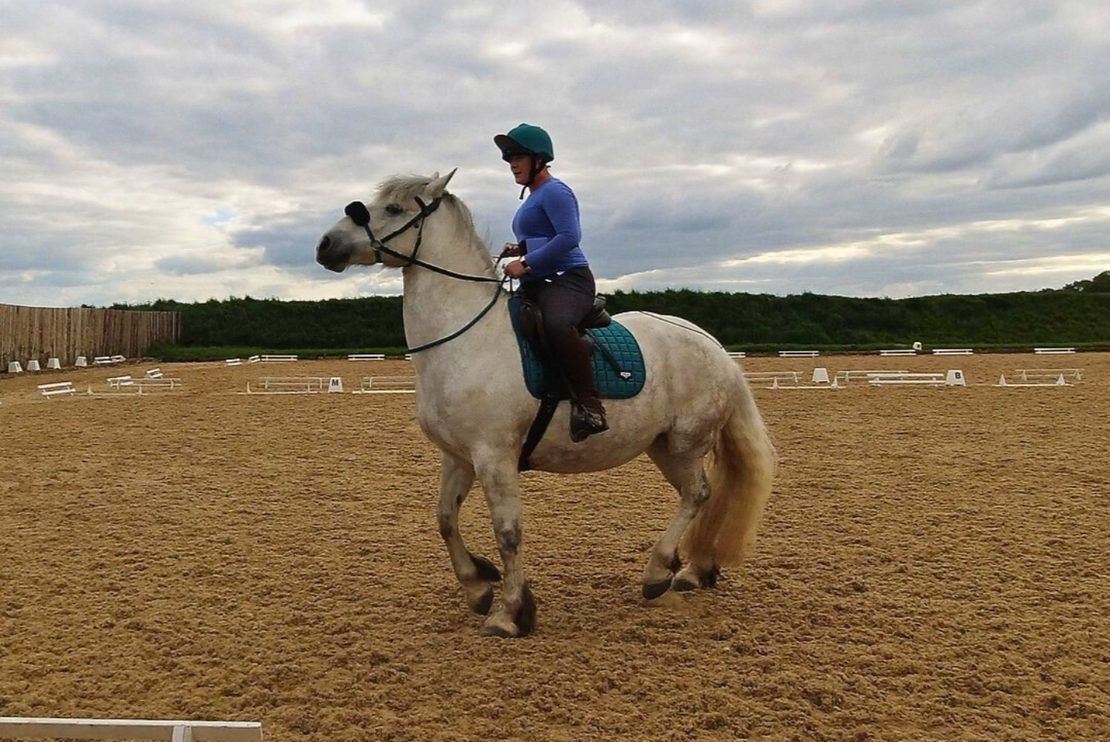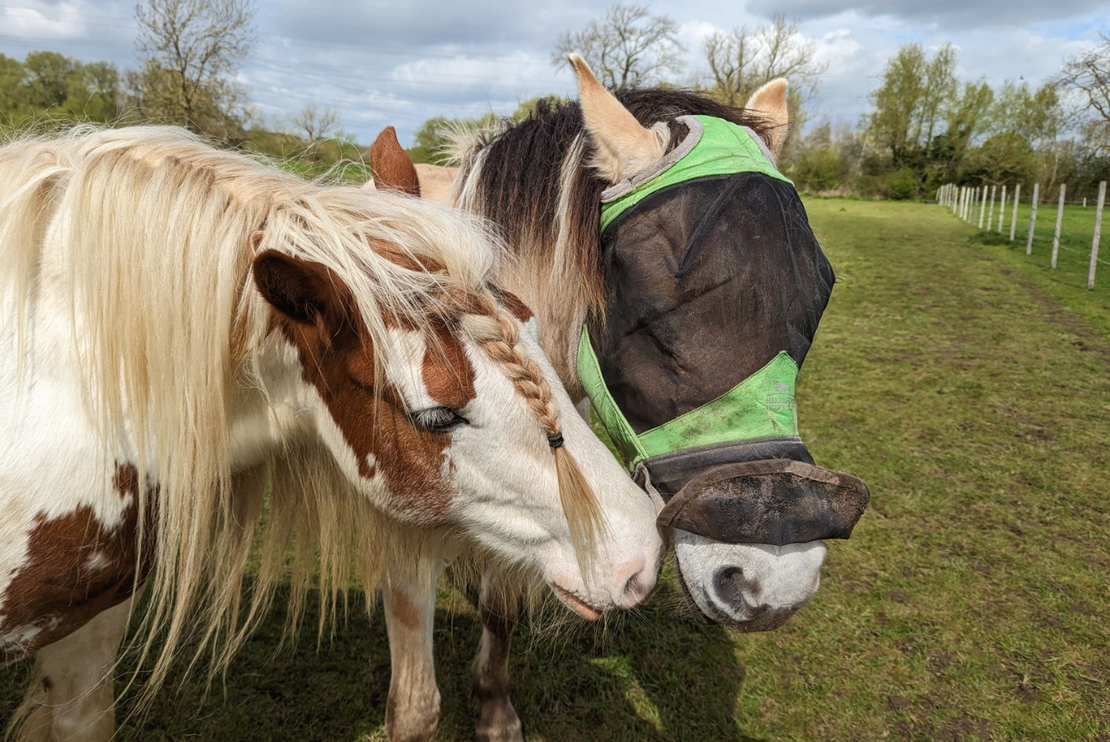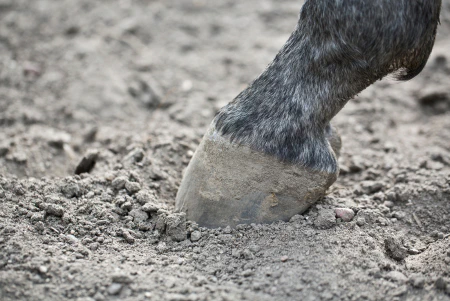
Barbara J. Hardman, CAB, MSc Dis, BSc (Hons), is an accredited Clinical Animal Behaviourist (APBC) with a Master’s in Equine Science and a Bachelor’s in Zoology. Specialising in equine/canine learning theory, training and behavioural science, she brings a wealth of expertise to her practice. Fully insured and based in Kildare, Ireland, Barbara is dedicated to improving the lives of horses/dogs and their owners through compassionate, science-backed methods
Contact Info
- Kildare, Ireland
- 085 143 8688
- barbara.j.hardman@brighthorse.ie




